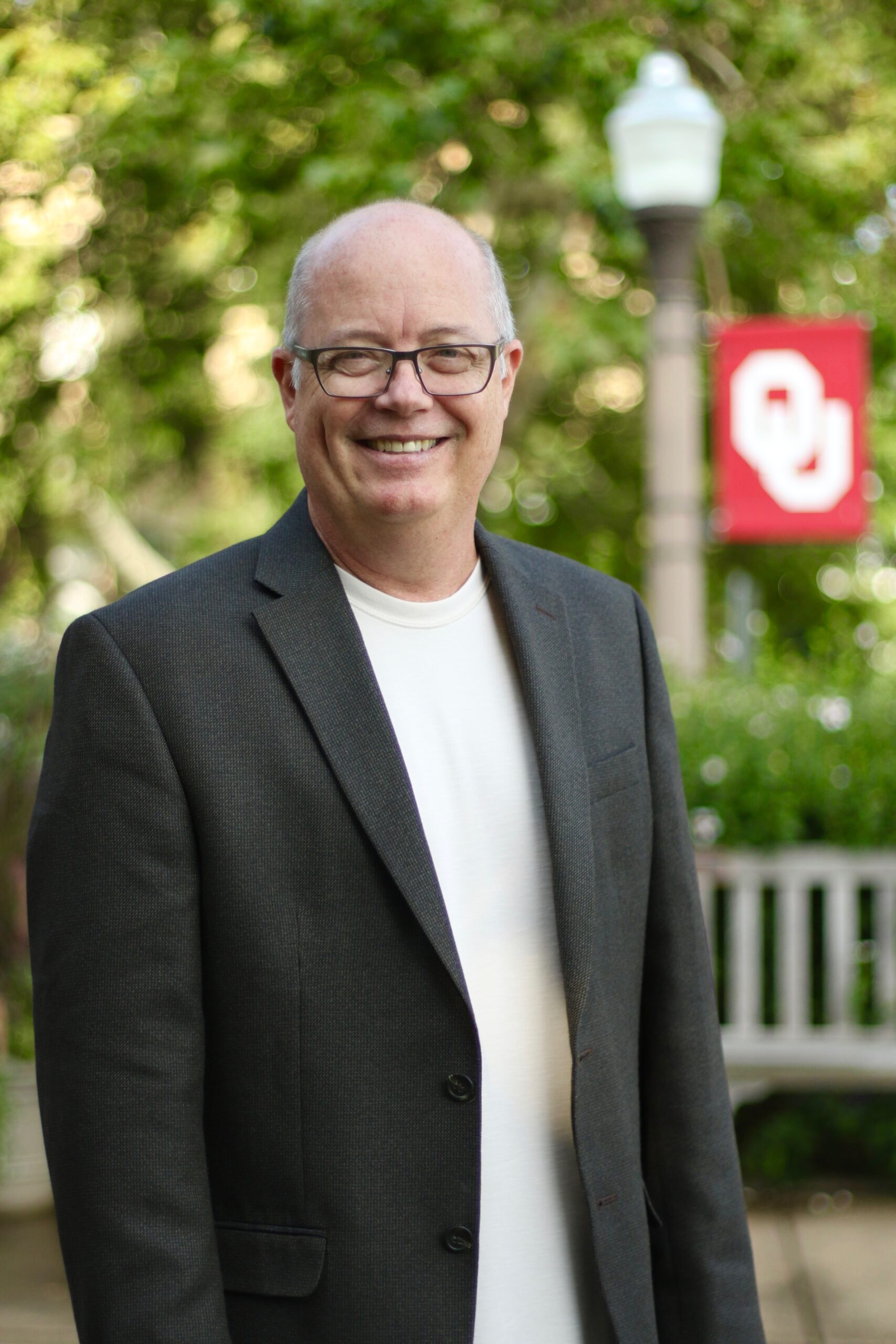|
The Science and Power of Hope
Hope is the belief that our future can be better than our past, and that we have a role to play in making that future a reality. This positive expectation of the future is grounded in three simple elements: Goals, Pathways, and Willpower. Goals are the cornerstone of our ability to hope. Goals can be both short-term or long-term. However, goals must be desired enough to motivate action. The nature of the goals we set drive the way we think about both pathways and willpower. Pathways thinking refers to the ability to identify strategies or plans on how to achieve our goals. The hopeful person is able to identify multiple pathways to the goal and can effectively identify alternative pathways or solutions to potential barriers. Willpower (Agency) thinking refers to the mental energy we deploy toward our goal pursuits. The hopeful person has the agency to self-regulate their thoughts, behaviors, and emotions when selecting and pursuing their desired goals. It is important to recognize that hope is a way of thinking and not an emotion. Because hope is a way of thinking about our future, it can be taught and learned.
Why Hope Matters
Hope theory provides the foundation for understanding behavior in the social environment and offers an evidenced based framework for practitioners, leaders, and community stakeholders in an effort to create and sustain a positive environment where children, adults, and families can thrive. With over 2,000 published research studies, hope has emerged as one of the best predictors of goal attainment and well-being for both children and adults. This research has established that 1) Hope leads to positive outcomes, 2) Hope is a protective factor buffering against adversity and stress, and 3) Hope can be taught and learned.
Hope is important for staff as well. At the Hope Research Center, our studies show that staff with higher hope are better at finding strategies to increase their well-being as well. In addition, we have found that hope is associated with lower burnout, lower turnover, increased job satisfaction, and increased engagement.
Hope provides a unifying framework to create a positive culture grounded in setting goals, finding and navigating pathways, and supporting the willpower necessary to pursue those goals. A hope centered organization seeks to infuse values, policy, practices, and structure with the science of hope creating an environment where both clients and staff thrive.

About the Author
Chan Hellman is the facilitator for the second session of the “Preventing Trauma and Its Consequences” series on Thursday, April 22. Dr. Hellman is a professor of social work at the University of Oklahoma and director of The Hope Research Center. His research informed the development of the “Hope Centered and Trauma-Informed” training program, focusing on hope as a psychological strength helping children and adults overcome trauma and adversity. He has written more than 150 scientific publications, presented at numerous national and international conferences worldwide, including a TEDx presentation in the fall of 2020. Dr. Hellman is the co-author of the award-winning book, Hope Rising: How the Science of Hope Can Change Your Life, with his co-author Casey Gwinn. Read more about Dr. Hellman and register for session 2.
|